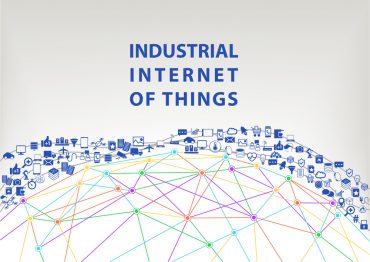
SAP says its new-generation suite of enterprise resource planning applications will transform business processes via tight integration with front-end apps.
SAP today at a 2018 Sapphire Now + ASUG Annual Conference outlined an ambitious intelligent enterprise initiative that is anchored on being able to integrate applications that share a common data model in near real-time.
The apparent goal is to deliver a fourth-generation suite of enterprise resource planning (ERP) applications to transform business processes by tightly integrated them with a wide variety of front-end applications, including a suite of C/4 HANA customer experience management applications announced today that SAP is touting as a replacement for traditional customer relationship management (CRM) applications.
See also: SAP links supply chain with its logistics network plans
That approach to enterprise software will drive both massive cost savings as well as accelerate business processes now and into future, says SAP CEO Bill McDermott.
“It’s the future of what ERP will look like,” says McDermott.
A cornerstone of that effort is an SAP HANA Data Management Suite announced today that enables organizations to manage structured and unstructured data using tools such as SAP Enterprise Architecture Designer and SAP Data Hub, which make use of data virtualization to enable SAP applications to access data without having to move it. Via SAP Data Hub organizations can both read data as well as apply algorithms to SAP or third-party data regardless of its location.
The SAP HANA Data Management Suite primarily serves as a vehicle for making simpler to consume a variety of SAP data management tools. But those tools are taking on added significance because organizations are quickly discovering that taking advantage of machine learning and deep learning algorithms to drive artificial intelligence (AI) models requires access to well-managed sets of massive amounts of data. In the case of SAP, those algorithms are being both embedded into the core SAP HANA database as well as via an SAP Leonardo initiative through which SAP makes available emerging technologies, including Big Data tools and software, blockchain databases and predictive analytics tools used to drive Internet of Things (IoT) environments.
Enterprise customers, come back home
McDermott claims that organizations that have abandoned SAP applications are almost uniformly faring poorer financially since making that decision. SAP is now committed to encouraging customers that have, for example, adopted rival CRM applications to return to the fold as the silos between applications in an intelligent enterprise start to come down.
At the core of that strategy is the SAP HANA in-memory database that McDermott credits with providing the foundation on which next-generation applications capable of processing data in near real time. In fact, as enterprise applications continue to evolve it’s clear SAP is moving away from relying on traditional batch-oriented applications.
It may take a while for enterprise IT organizations to catch up to the SAP vision of an intelligent enterprise. Most of them are still running older versions of SAP applications. SAP claims that 23,000 customers have deployed an instance of HANA, while 8,700 customers have deployed an instance of the SAP S/4 ERP suite that runs natively on HANA. But SAP clearly sees an emerging opportunity to usurp rivals by leveraging the shift to a new generation of applications running in near real-time to surface actionable insights faster than ever.




























